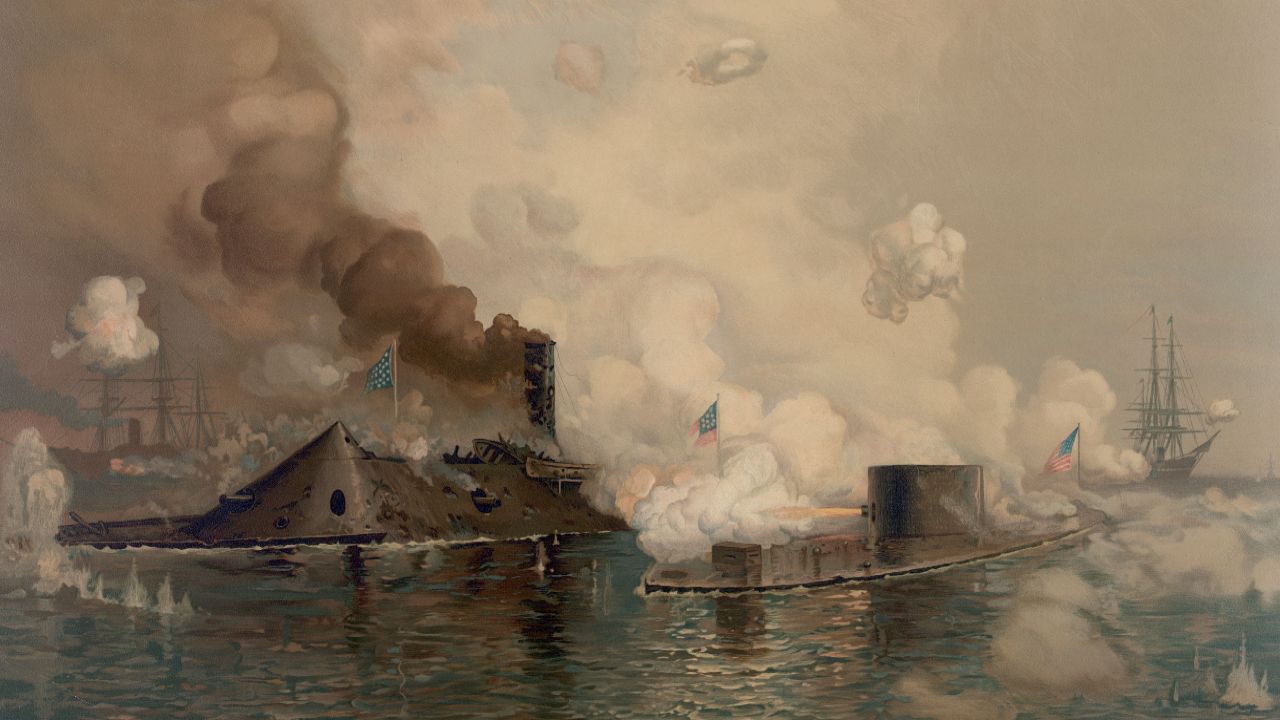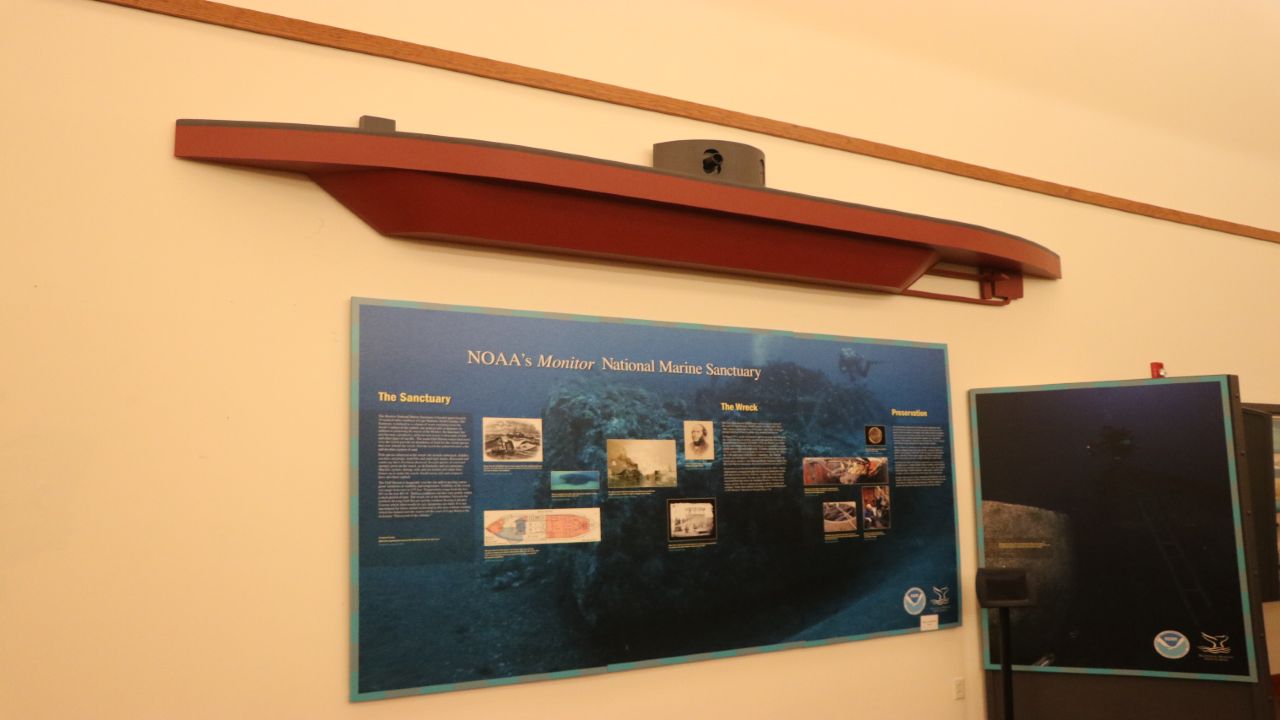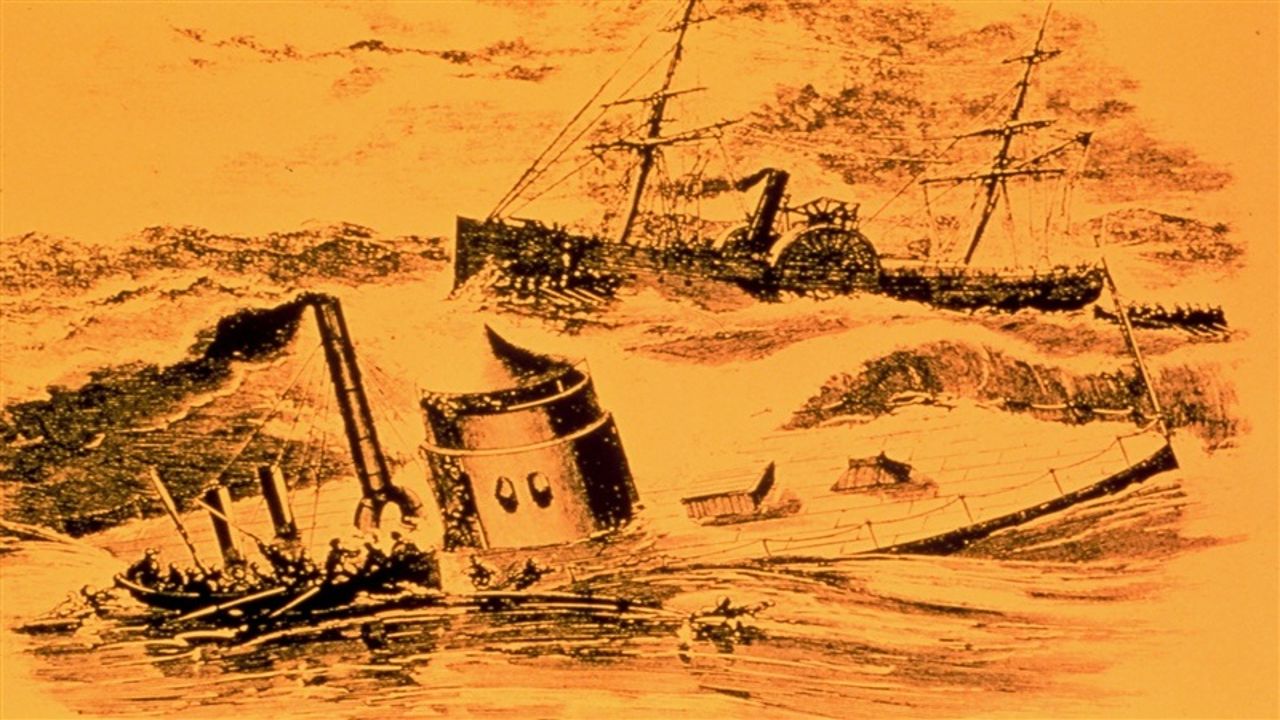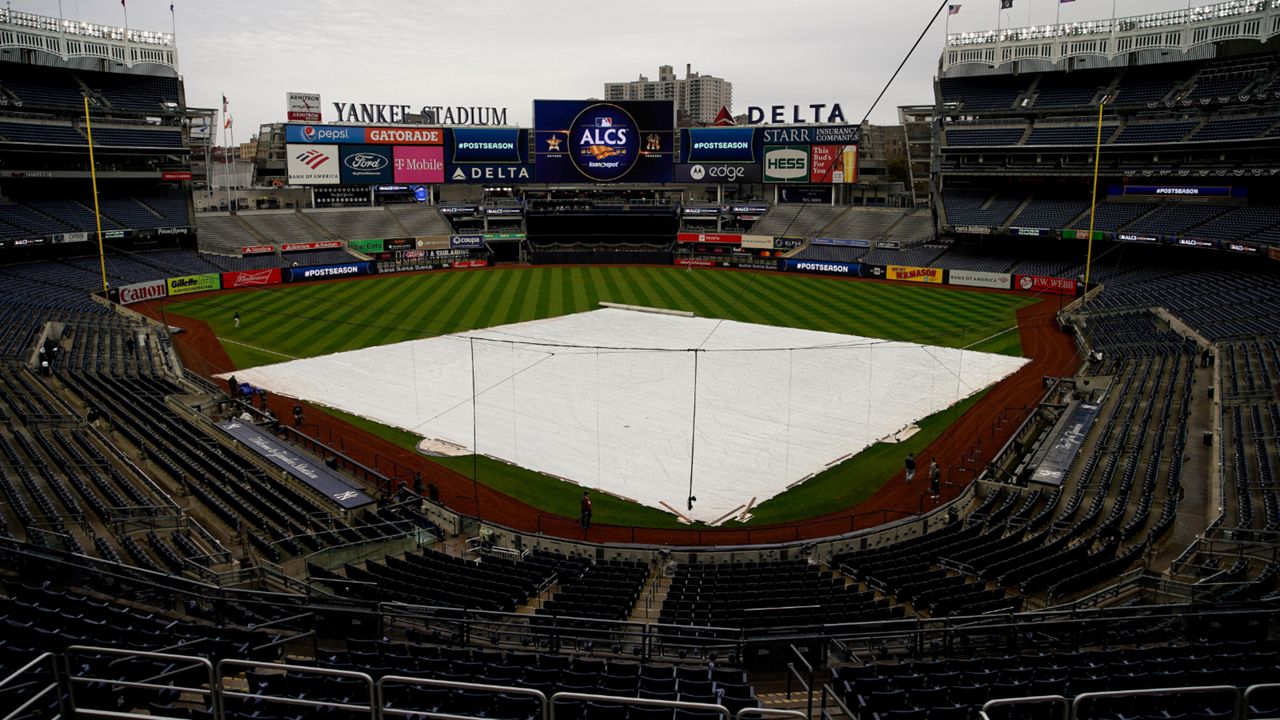This year marks the 160th anniversary of the loss of the USS Monitor. A revolutionary warship that made history during the Civil War.
The remains of the Monitor lie off the coast of North Carolina, not too far from Cape Hatteras.
Through the centuries, war brings advancements in technology. As with conflicts before and after, the American Civil War brought its own technological advancement.
During this time, they constructed most warships with wood. That meant they were susceptible to damage from cannon fire. Both Union and Confederate forces were aware of this weakness, and both were looking for an answer and an advantage for this problem.
In early 1862, the Confederate Navy took the USS Merrimack, a captured Union ship, and began converting it to an “ironclad.” A ship with metal plating that could withstand cannon fire from an enemy ship. Upon completion, the Merrimack was rechristened as the CSS Virginia.
Upon learning of the modifications to the Merrimack, the Union Navy expedited the construction of the Monitor, also an “ironclad.” Union commanders knew the damage an ironclad could do to shipping and coastal cities if a defense were not devised.

They built the USS Monitor in just over 100 days.
The Confederate ironclad struck first. In March 1862, the Virginia steamed to Hampton Roads, Va. On March 8, the ironclad engaged ships of the Union Navy, all constructed of wood.
Union warships didn’t stand a chance against the new Confederate ship as it sank the USS Cumberland and USS Congress. The USS Minnesota ran aground during the battle and could not engage the Virginia in the battle.
The new Confederate warship had won a resounding victory against Union forces.
On March 9, the USS Monitor made its way into Hampton Roads and history was made as the first battle of ironclads took place.

The Monitor and Virgina fought to a draw after about four hours of combat.
The Virginia did slightly more damage to the Monitor, but the Monitor was able to defend the grounded Minnesota, and prevent its destruction.
Historically, this battle would set the stage for the future construction of warships. The end of wooden warships was insight and the dawn of metal ships had arrived.
Neither ironclad would have a long service record. Both would serve less than a year. It would be the same inability to sail the ocean that would eventually doom both ironclads.
In May 1862, the CSS Virginia would be destroyed by her own crew. Union forces had moved into Norfolk. Since the Virginia was not designed to navigate the open waters of the Atlantic Ocean, there was not an escape route for the ship.
To prevent the ship from being captured by the Union Army, the order was given to scuttle the ship. The gun powder magazine was ignited, and the ship exploded and sank near Craney Island, Va.
On Christmas Eve 1862, the Monitor received orders to move south to take part in a military action near Wilmington. The ship would then be a part of the blockade of Charleston.
This movement would mean the Monitor would have to travel south in the open waters of the Atlantic. Something it was not designed to do because of how low it sat in the water. Rough seas could mean the end of the ship and crew, if they were encountered.
And that is just what happened.
As the Monitor was being towed southward by the USS Rhode Island, just off the North Carolina Outer Banks on Dec. 31, 1862, the ships encountered a powerful storm.
With the Monitor sitting so low in the water, the increasingly higher waves crashed over the deck and the ship flooded. Once the pumps and crew on the ironclad could no longer keep the water from rising, the order was given to abandon ship.
In the churning seas, 16 men were lost during the rescue efforts and when the ship went down. 47 crew members were saved by the lifeboats from the Rhode Island.
On Aug. 27, 1973, over 110 years after the USS Monitor sank, the wreckage of the ironclad was discovered off the coast of the North Carolina Outer Banks.
To preserve the ship at the bottom of the ocean, the area around the Monitor’s wreckage was designated as the Monitor National Marine Sanctuary in Jan. 1975. This was the first U.S. Marine Sanctuary.
Today, parts of the ship have been raised, including the Monitor’s gun turret, those reside in several museums.
In Hatteras Village, N.C., The Graveyard of the Atlantic Museum has a historical display that tells the tale of the USS Monitor and how it ended up off the coast, about 18 miles southeast of the museum.

Our team of meteorologists dives deep into the science of weather and breaks down timely weather data and information. To view more weather and climate stories, check out our weather blogs section.









